Chinese researchers have recently completed the trial deployment of a deep-sea in-situ scientific experiment station in the South China Sea, bringing them one step closer to realizing long-term unmanned research in the deep sea.
China's scientific research vessel Explorer 2, carrying the 4,500-meter manned submersible Shenhai Yongshi (Deep-sea Warrior), returned to Sanya in south China's Hainan Province recently, after completing its latest missions and the trial completion of a deep-sea in-situ scientific experiment station, media reported Monday.
More systems for intelligent unmanned experiments, detection and data delivery will be installed to the station in the future in order to realize long-term unmanned research in the deep sea, media reported Monday.
Following the research team’s return, the station and the devices installed in it will be powered by a domestic-developed one-megawatt-hour lithium energy system. It is the first time that the energy system has been installed at a depth of over 1,000 meters, demonstrating its safety and efficiency, media said.
One megawatt hour equals 1,000 kilowatts of electricity generated per hour, and is the maximum power capacity that deep-sea facilities can carry, Chen Jun from the CAS Institute of Deep-sea Science and Engineering was quoted as saying by media.
Five in-situ fluorescence sensors developed by CAS institutes were also used during the research in order to measure the concentration of chlorophyll, CDOM (colored soluble organic matter), tryptophan and other substances from the sea level to the whole profile of the seabed. The sensors can also work together with the in-situ experimental station to continuously monitor the concentration of target substances for long periods, supporting the exploration of deep-sea resources and environmental monitoring, media said citing related researchers.
During the latest research, researchers have also completed in-situ observation of the areas surrounding the Shenhai-1, China’s first self-run deep-sea gas field located 150 kilometers from Hainan Island, including its underwater mooring system and underwater production system, and obtained important data, according to the website of the CAS Institute of Deep-sea Science and Engineering.
Meanwhile, the researchers conducted functional tests on self-developed scientific research devices carried by Shenhai Yongshi, including a sampler for deep-sea sediment and deep-sea three-dimensional sensing equipment, the institute said.










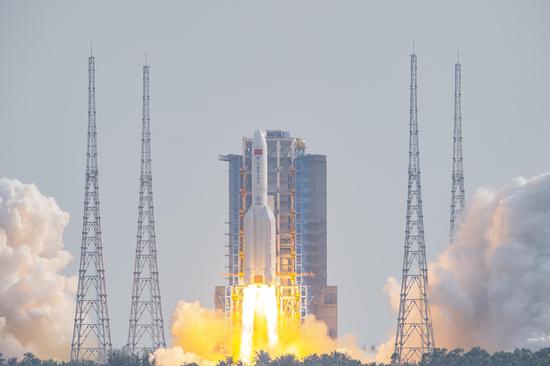




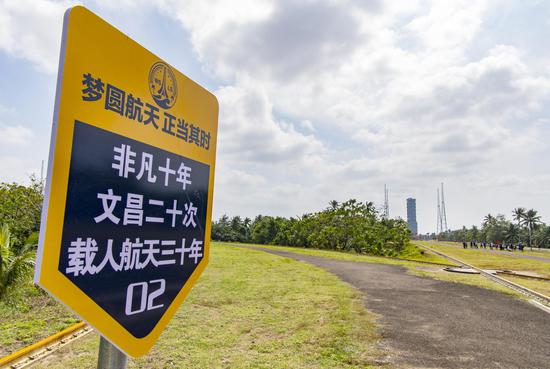


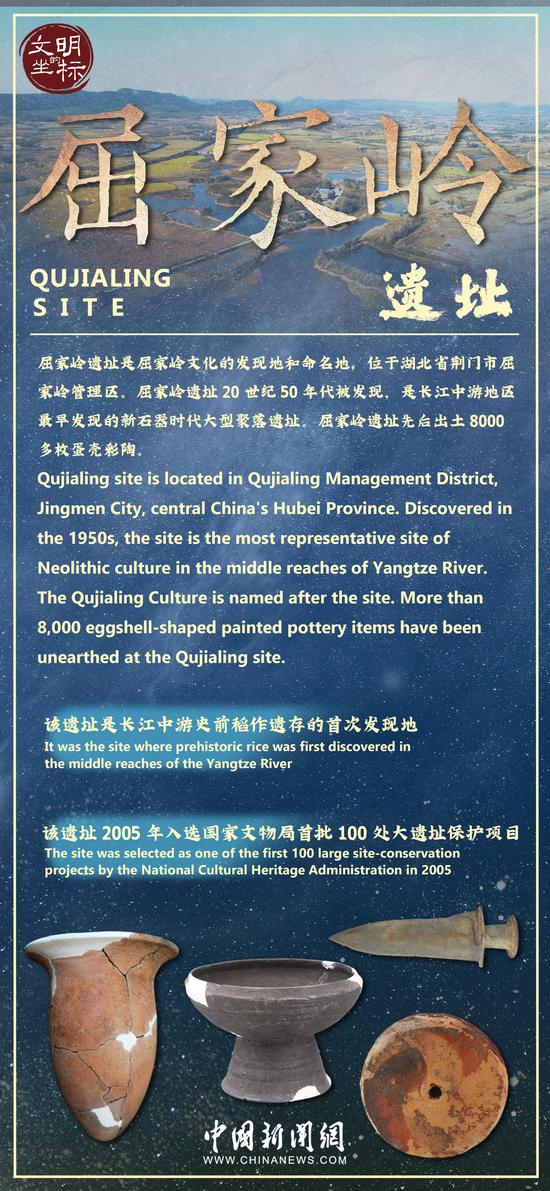
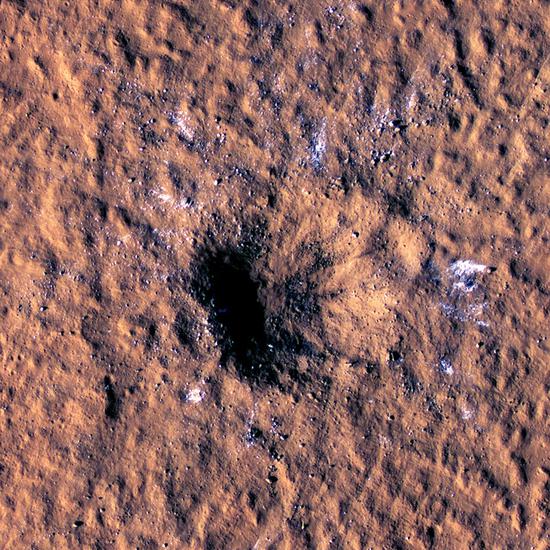



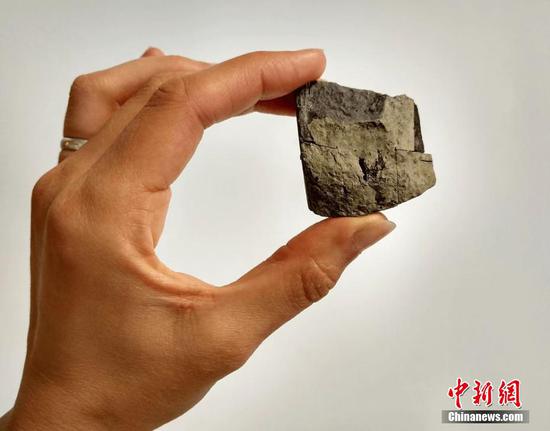

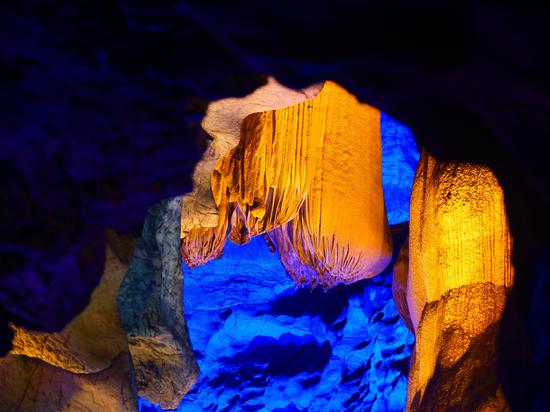

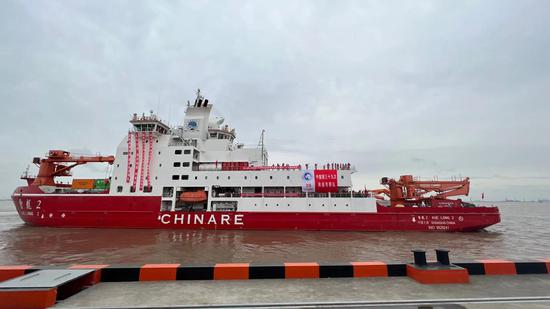

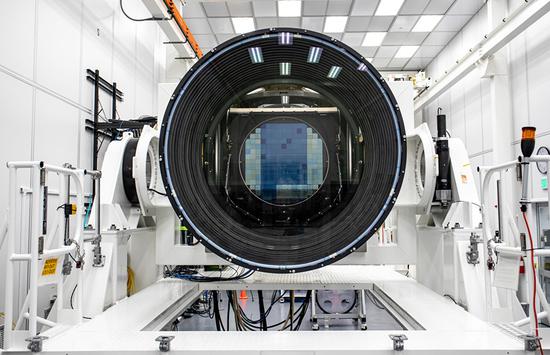


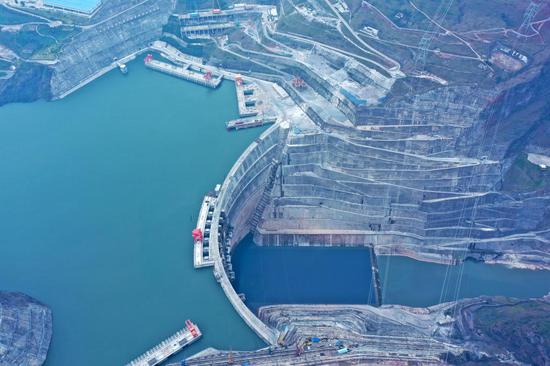


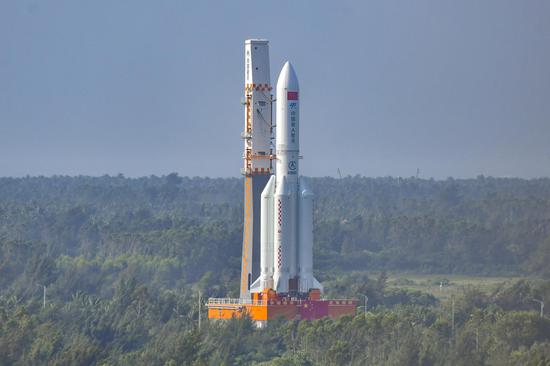

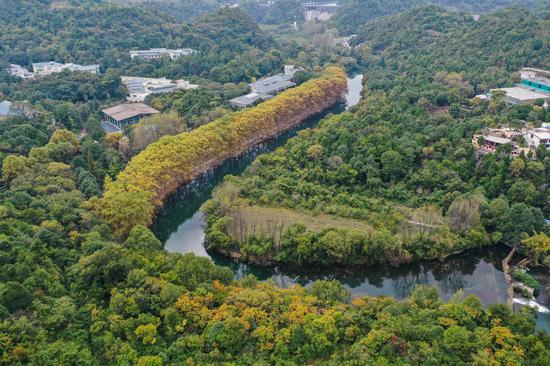








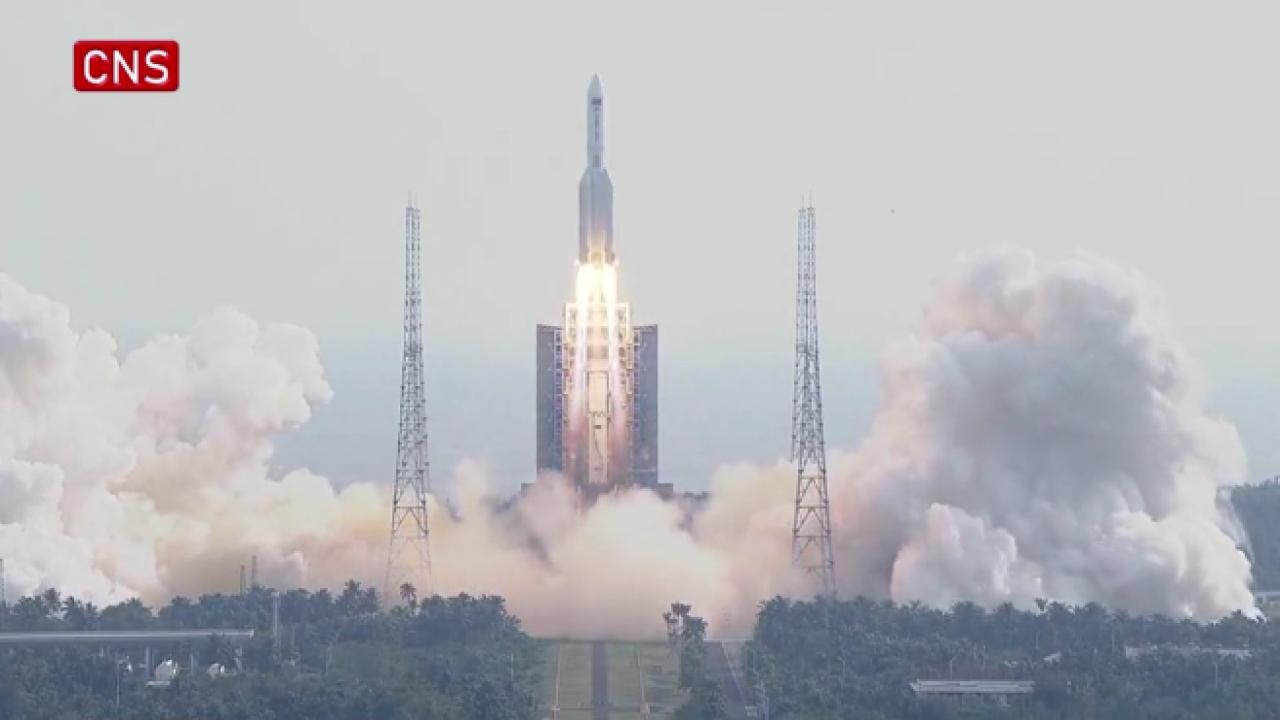

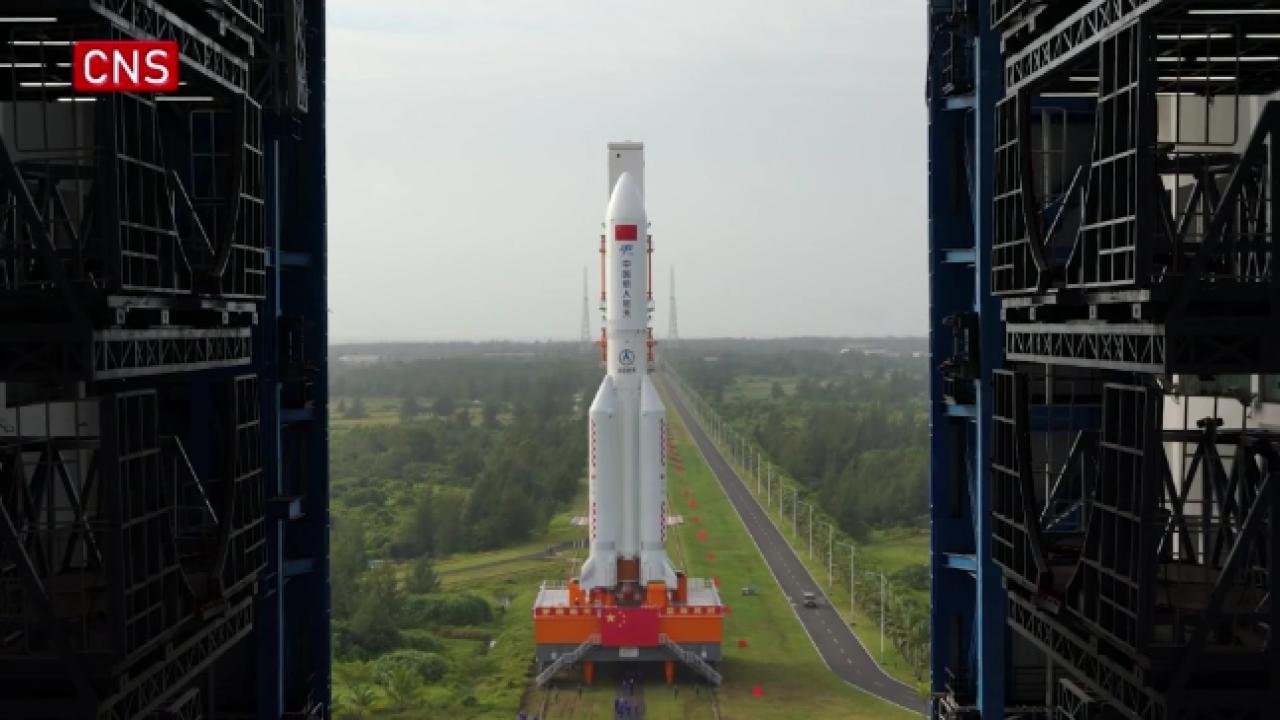

 京公网安备 11010202009201号
京公网安备 11010202009201号